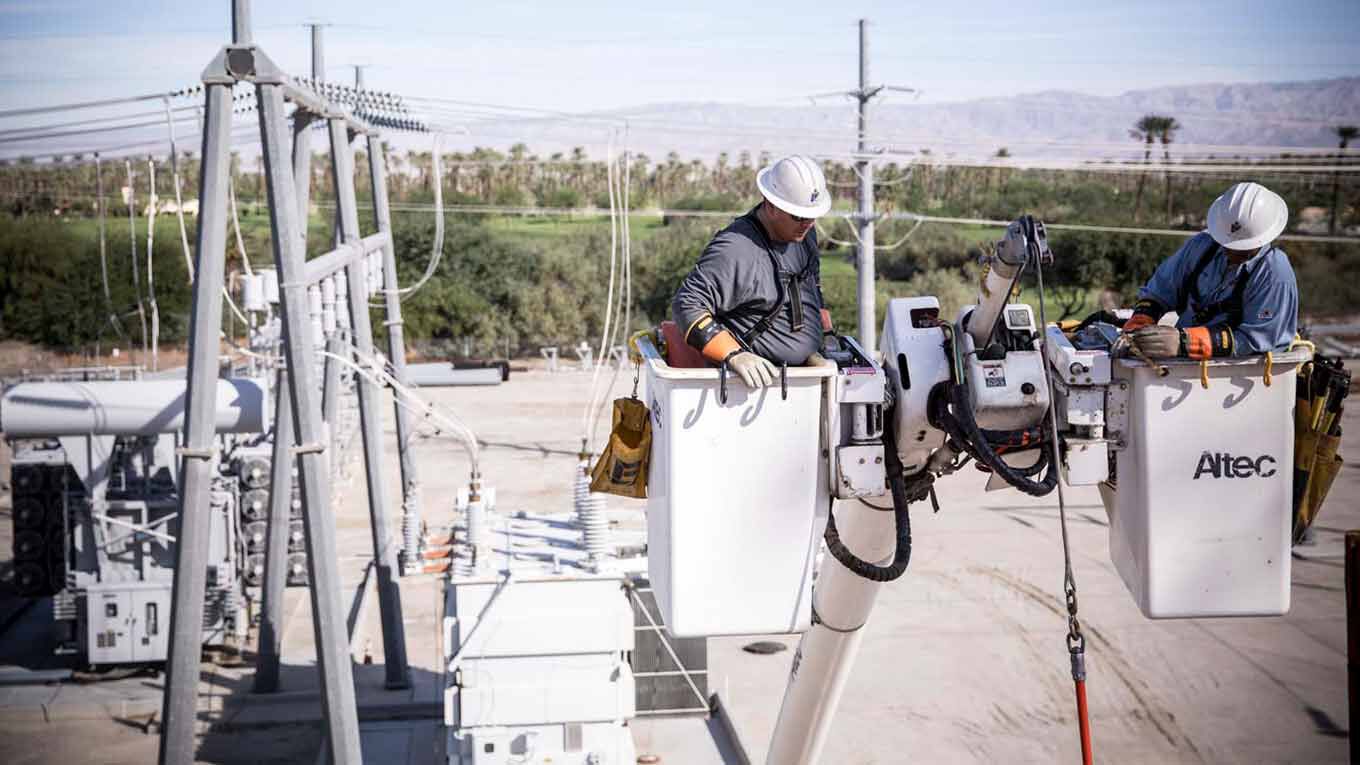What’s the difference between FR & AR?

Arming your crew with the appropriate FR gear is a feat in itself. Navigating the ever-changing sea of standards? Now that’s another beast entirely. Bulwark is here to help you choose the right FR program by ensuring you have a thorough grasp on the standards and what they mean for you—and your crew.
When the National Fire Protection Association (NFPA) introduced the term “Arc-Rated” or “AR” in its 2012 revision to NFPA 70E, it was a bit of a head-scratcher. The question on every safety manager’s mind was: what’s the difference between FR and AR? According to Bulwark’s Technical Training Manager, Derek Sang, the most basic and important thing to know when it comes to FR and AR is that all arc-rated clothing is flame resistant, but not all flame resistant clothing is arc-rated.
For a piece of clothing to be considered flame resistant, the fabric used to make the garment must withstand ignition and/or rapidly self-extinguish in order to protect the wearer from the dangers of flash fire, arc flash, molten metals and other hazards. In the event of a flash fire or arc flash, the FR PPE worn must resist catching fire, melting, and continuing to burn after the initial flash to act as a barrier between the wearer and the hazard.
The fabric used to create arc-rated clothing is subject to additional tests, above and beyond fabric labeled simply “FR.” Primarily, it is exposed to a series of arc flashes to determine how much energy the fabric is able to block before it would likely cause the wearer to obtain a 2nd degree burn, 50% of the time. The result of this test, expressed in calories, is known as the Arc Thermal Performance Value (ATPV).
Current standards for arc flash protection, detailed by NFPA 70E, state that all PPE clothing must also be flame resistant to qualify for an arc rating. In other words: all AR clothing is FR, but not all FR clothing is AR. This is because, based on the results of the series of tests outlined above, equipment rated FR may not always provide the adequate level of protection for workers who are at risk of encountering arc flashes. These employees—general industry electricians (70E)— must wear the appropriate level of AR clothing for the hazard, in order to reduce their risk of serious injury or death caused by an arc flash.